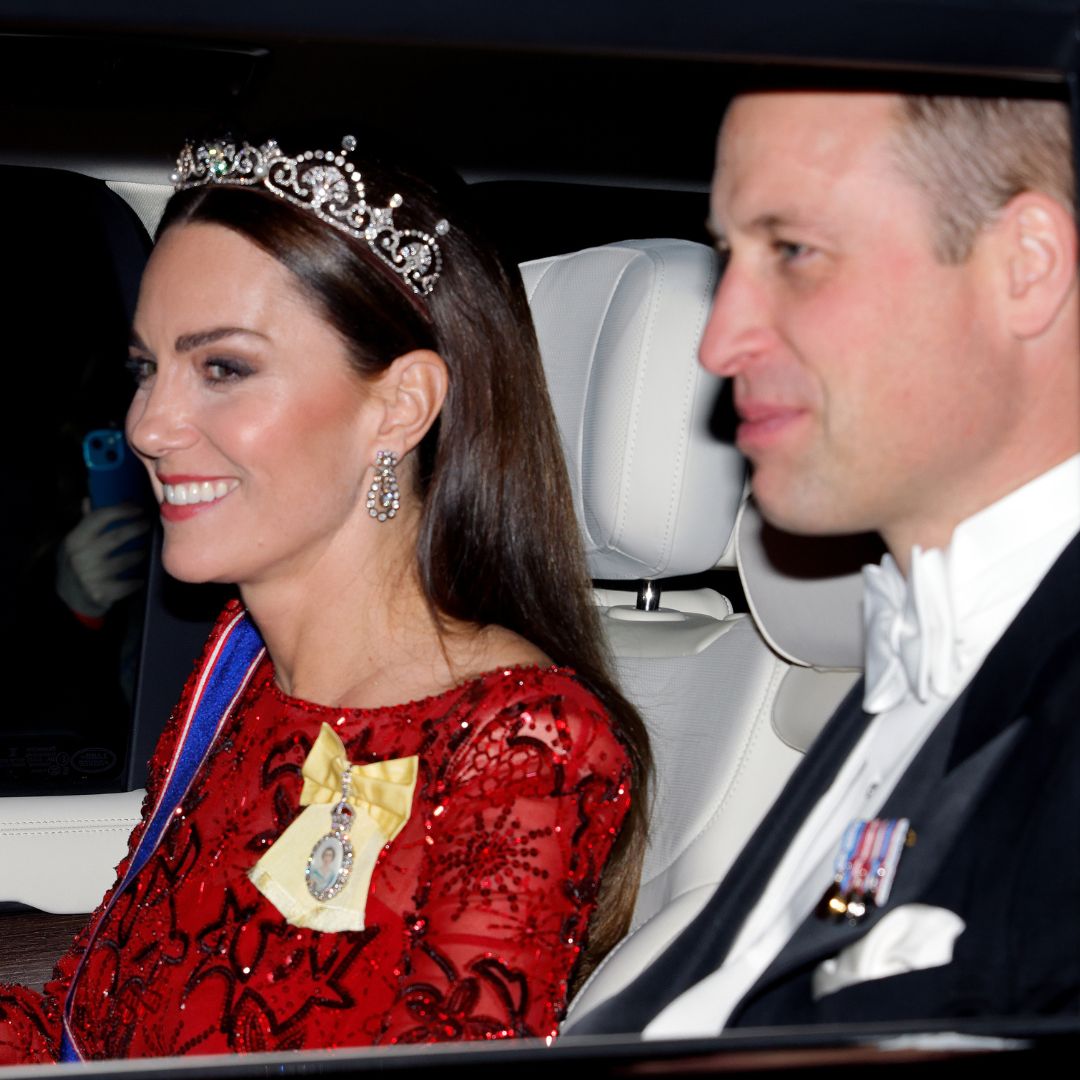If you get breakouts, consider this your go-to guide to the best acne treatments out there
How to get rid of acne, according to experts
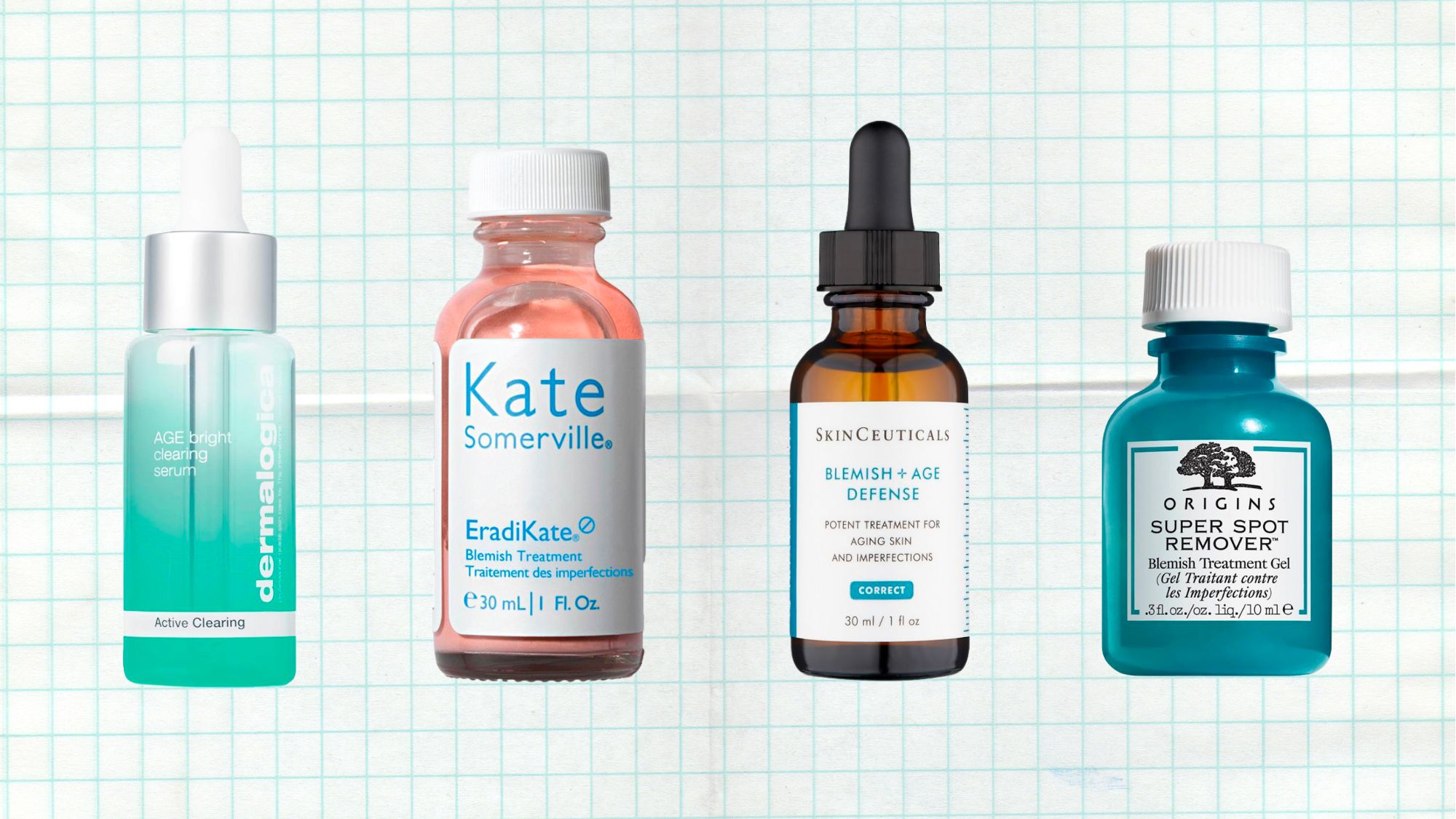
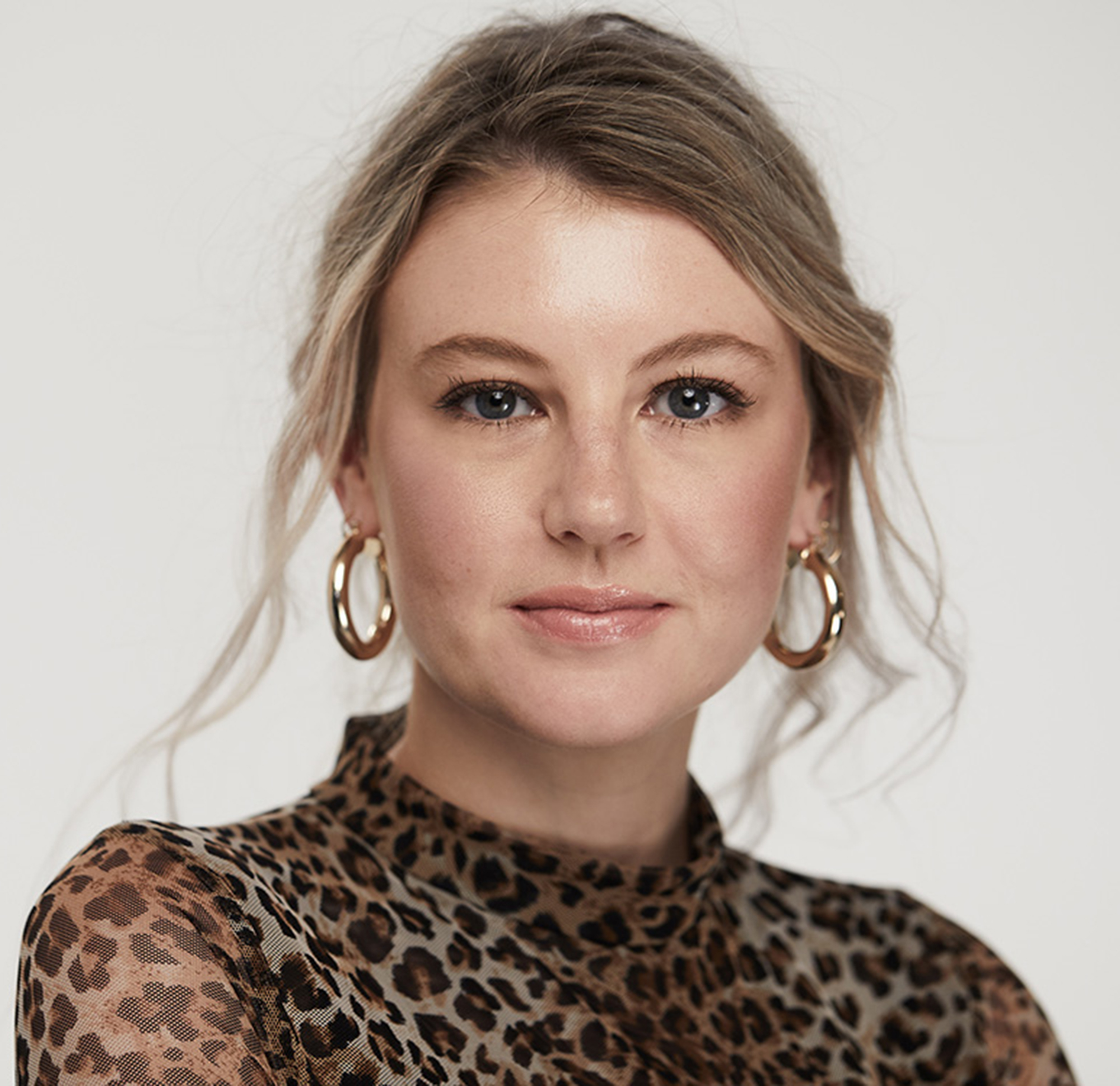
Shannon Lawlor
Acne is no fun—at any age. But until recently, there was a blanket approach to the best acne treatments, whether you had teenage pimples or adult acne. The truth is, unlike shopping for the best foundation or even the best eye cream, finding the best acne treatment is medical, complex and nuanced.
However, the skin condition is being taken more seriously than ever. "Acne is increasingly being considered a chronic disease," says Dr Anjali Mahto, consultant dermatologist and author of The Skincare Bible. And with good reason, it's one of the most common skin complaints diagnosed by dermatologists in the UK. According to a study by the NHS, 95% of people aged 11 to 30 are affected by acne to some extent.
"Acne has always been perceived as a problem that should only happen in puberty/teenage years and that the condition clears by the time you hit your 20’s," says consultant dermatologist Dr Sharon Wong. However, it also affects many adults. "With adult acne, which tends to affect women more than men, there is an overwhelming sense of frustration, shame and stigma both amongst the individuals themselves but also in society in general. It is also a more complex condition—with far more factors involved beyond just hormones."
It is an incredibly nuanced condition that has many causes and takes many forms. So gone are the days when you were told a dollop of benzoyl peroxide would solve all of your issues.
Dr Stefanie Williams, Medical Director at Eudelo, agrees. 'While extremely common in teenagers, we're now also seeing a large increase in cases of adult acne. Adult acne can persist into your 30s or 40s. As acne can leave scars, it is very important to get treatment early and not try to fix it yourself with inappropriate over-the-counter remedies."
What is acne?
"Acne is a disorder of the pilosebaceous unit of the skin,' explains Dr Mahto. "This consists of a hair follicle and its associated sebaceous or oil gland. Blockage or inflammation of the pilosebaceous units will result in acne. Oil glands are found in the highest density on the face, back and chest and these are therefore the commonest sites of acne development."
In essence, acne is simply the medical term given to breakouts. "Acne is commonly characterised by spots that are referred to as pimples, zits or spots," says cosmetic doctor, and co-founder of Victor & Garth, Dr Lauren Hamilton. "The most common type of acne is known as acne vulgaris which is a result of the hair follicle and its associated sebaceous (oil) gland becoming blocked," she adds.
What causes acne?
In a nutshell, acne is caused by excess sebum. It clogs pores with a paste-like mixture of oil, dead cells and leftover make-up. And that's just the tip of the iceberg. Bacteria can then get trapped inside the pores and multiply. This causes swelling and redness, which is the start of a spot.
Dr Raafat Lakkis, dermatologist at Dr Kayle Aesthetic Clinic explains that acne is caused by three factors:
- too much sebum (oil) being produced
- ineffective shedding of dead skin cells
- the presence of specific bacteria on the skin
What causes these things to occur could be down to a whole host of situations. "Generally speaking, genetic factors rather than lifestyle ones are the prevalent reason for some people suffering from acne and others not experiencing it," adds Dr Lakkis.
Things like pollution, oily cosmetic products, certain medications and smoking are all factors you might want to swerve to avoid aggravating the situation.
But a lot of it comes down to good old hormones and genetics. "Hormonal changes are a key aspect of acne, because our hormones have a profound impact on our sebaceous glands. There is also a strong genetic component, meaning some people are more susceptible than others," says Dr Emma Wedgeworth, Consultant Dermatologist for La Roche-Posay.
"Growth hormones in your teens send oil production into overdrive, causing mostly blackheads and whiteheads," explains Sally Penford, Director of Education Dermalogica UK.
What is adult acne?
Adult acne is now more and more common and it's even possible to get acne for the first time as an adult. It all comes down to what derms are calling ‘age-specific acne’, which is a very different beast from teenage breakouts. In fact, it’s now thought that 50% of us will experience fringe breakouts during adulthood, with 40% of cases occurring in women.
"In adults, acne tends to be the result of stress, coupled with hormonal changes, and is more inflammatory with cysts appearing around the chin and jawline," says Penfold. "You have to treat it differently and take into account that adults also face the challenge of pigmentation, slow healing, sensitivity and skin dryness."
This means that whilst it may be controlled, there might be no long-term cure: treatment can be successful but acne can recur over time. Coming to terms with this and realising there is always a possibility it may come back is the first step to acceptance of this condition.
What are the different types of spot?
It's important to know that there are different types of acne and knowing how to identify them will help find the best acne treatment for you. Here, Dr Lakkis explains the different types of spot you can get.
Whiteheads
"Whiteheads are non-inflammatory but are one of most typical forms of acne, caused by a pore becoming clogged with a mix of dead skin cells and sebum. This clogged pore gets covered by a layer of skin and develops pus within, which gives the whitehead its white appearance."
Blackheads
"Blackheads are also caused by clogged pores but unlike whiteheads, the clogs of oil and skin cells are open to the air and change colour when they come into contact with oxygen."
Papules
"Papules are the swollen red bumps that so many of us associate with 'typical' breakouts, and they develop when excess oil and dead skin cells clog your pores. Pressure builds up in the blocked pore and can cause the walls of your pore to rupture, affecting the surrounding skin. When your immune system responds to the rupture with inflammation, the papules adopt their red and swollen appearance."
Pustules
"Pustules are essentially papules that fill with pus when your immune system kicks in. The red bumps develop a swollen white or yellow cap, giving pustules that classic pimple look."
Nodules
"Nodules look similar to papules but start deeper within the layers of your skin. They never have a 'head' like whiteheads or pustules but feel firm and are painful to touch. In such as cases, prevention is much easier than cure so a balanced skincare routine is a must."
Cysts
"Cysts resemble deep, red lumps and are very tender and painful. A particularly stubborn form of breakout, cysts or cystic acne can, unfortunately, last for months. A common misconception is that cysts are caused by poor hygiene, but it is simply a myth. The only effective way to really treat cysts is to follow a nourishing skincare routine designed for acne-prone skin. This should at least help in preventing future breakouts."
What are the best acne treatments?
Dr Hamilton explains that there are four ways to keep spots at bay: stimulating cell turnover, regulating oil flow, killing bacteria and calming inflammation. There are many ways in which we can encourage our skin to do all of these things. Below are the best acne treatments.
Prescription treatments for acne
If your acne is persistent and affecting your wellbeing or mental health, it is highly advised that you visit your GP or a dermatologist. The truth is, acne vulgaris can be incredibly hard to treat at home (particularly if the causes are genetic or hormonal) and often only medical treatments can help.
"Prescription treatments can be used to treat acne," says Dr Lakkis. Most commonly, you can expect to be prescribed benzoyl peroxide (a topical, bacteria-fighting ingredient), spironolactone (a medication that helps regulate the effect of hormonal imbalances on acne) or a form of retinoid (this could be tretinoin or even roaccutane).
In-clinic treatments and facials
They can cost a fair bit of money but it's true that facials and in-clinic treatments can help treat both active acne and also acne scarring.
For starters, a simple pore unclogging facial can help. "A deep cleansing treatment such as HydraFacial is great for people who have acne-prone skin, because it helps remove the impurities directly from the skin," says Dr Lakkis.
It is also worth speaking to an aesthetician about the benefits of LED and light therapy. "LED facials, which use different wavelengths of light, can help with acne. Red light penetrates deeply to repair tissue, reduce inflammation and promote healing, while blue and green light destroy acne-causing bacteria," adds Dr Lakkis.
At the most high-tech end of things, laser could also be an option (although it's costly). "When in expert hands, an ND: YAG laser can be a great option for mild-to-moderate inflammatory acne lesions. It uses direct micropulses of energy to destroy P. acnes, as well as damage the sebaceous gland to limit sebum-producing activity," he says.
Using skincare with targeted ingredients
Finally, a standout (and perhaps the most popular) way of trying to prevent and treat acne is to select hardworking, acne-targeting ingredients in the off-the-shelf skincare products you buy.
The best ingredients to look out for? Beta-hydroxy acid (salicylic acid), AHAs (alpha-hydroxy acids including glycolic acid, lactic acid and mandelic acid), niacinamide and sometimes retinol.
The best acne treatments you can buy
Just like your taste in fashion, acne formulas have moved on in the last decade. There's no 'one size fits all' product, and it may take a bit of experimentation to find what works for your skin.
The beauty team at Marie Claire have spent many years testing a number of acne treatments in the search for the very best at fighting blemishes and helping to prevent further breakouts. We have pulled together a list of the best acne treatments that you can buy off the shelf (opposed to ones you'll need to see an expert to get your hands on), from spot treatments and serums to masks and exfoliators.
Our testing criteria
In order to ensure only the very best acne treatments made it on this list we followed a strict crieria:
- Does the product actually reduce the appearance of acne?
- Does the product help prevent acne from returning?
- Is the product free of any negative side effects?
- Is the product simple and easy to use?
If the answer to all of the above questions was yes, the product has made it onto the below list. Trust us when we tell you these are the best acne treatments that money can buy.
Best acne treatment for individual spots
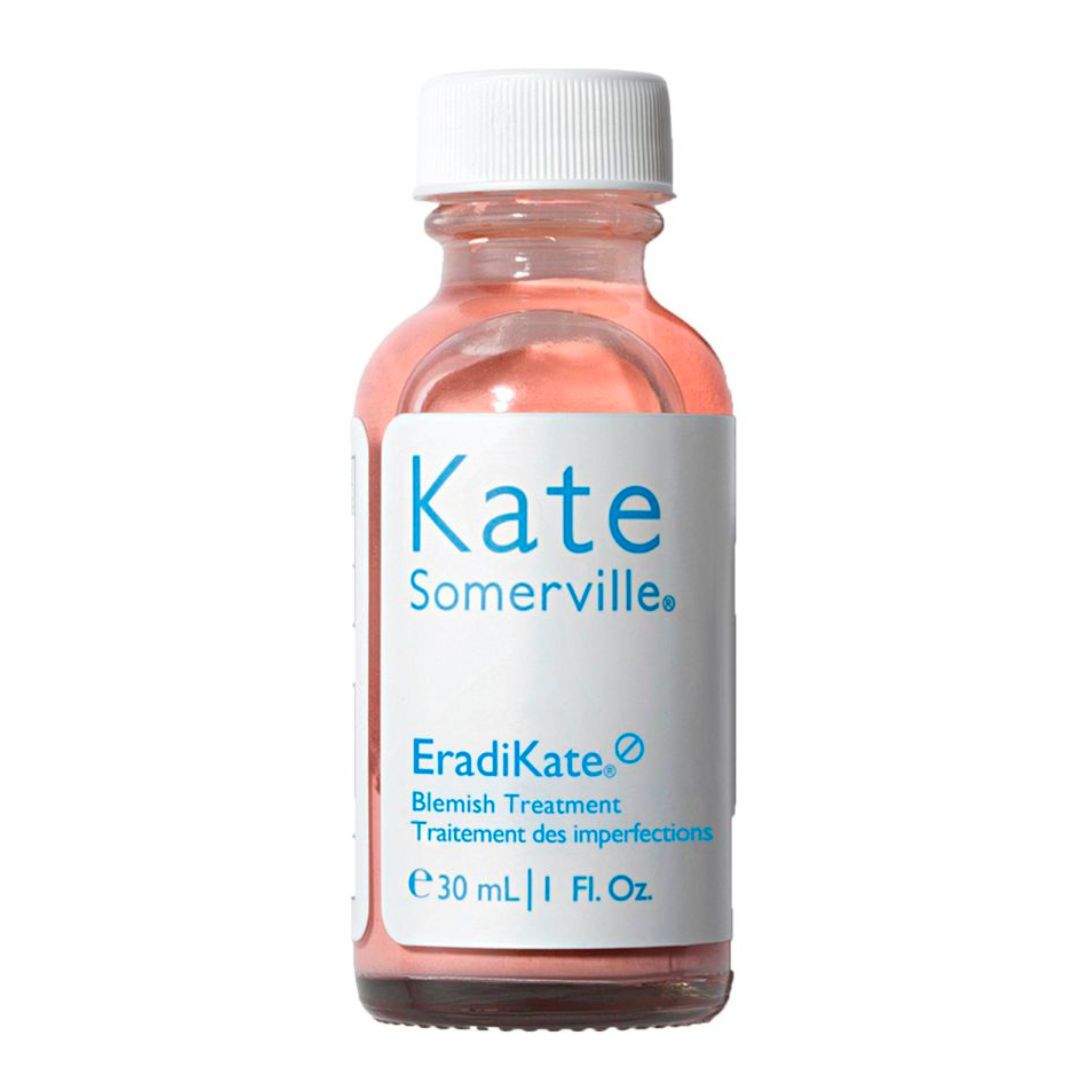
Got a spot lurking under the skin that you can feel but not see yet? Try this. Formulated with the highest amount of sulphur allowed in skincare (10%), it puts up a formidable fight against acne. It dries out spots, while alpha-hydroxy acids reduce the appearance of enlarged pores and zinc oxide absorbs excess sebum. "I swear by this spot zapper," say Katie Thomas, Senior Beauty Editor. "You put it on before bed (trust me, this isn't a daytime product) and by morning your inflamed blemish will have shrunk, if not disappeared."
For
- Quick and easy to use
- Contains alpha-hydroxy acids
Against
- Can be a tiny bit messy
Best acne treatment for daily maintenance
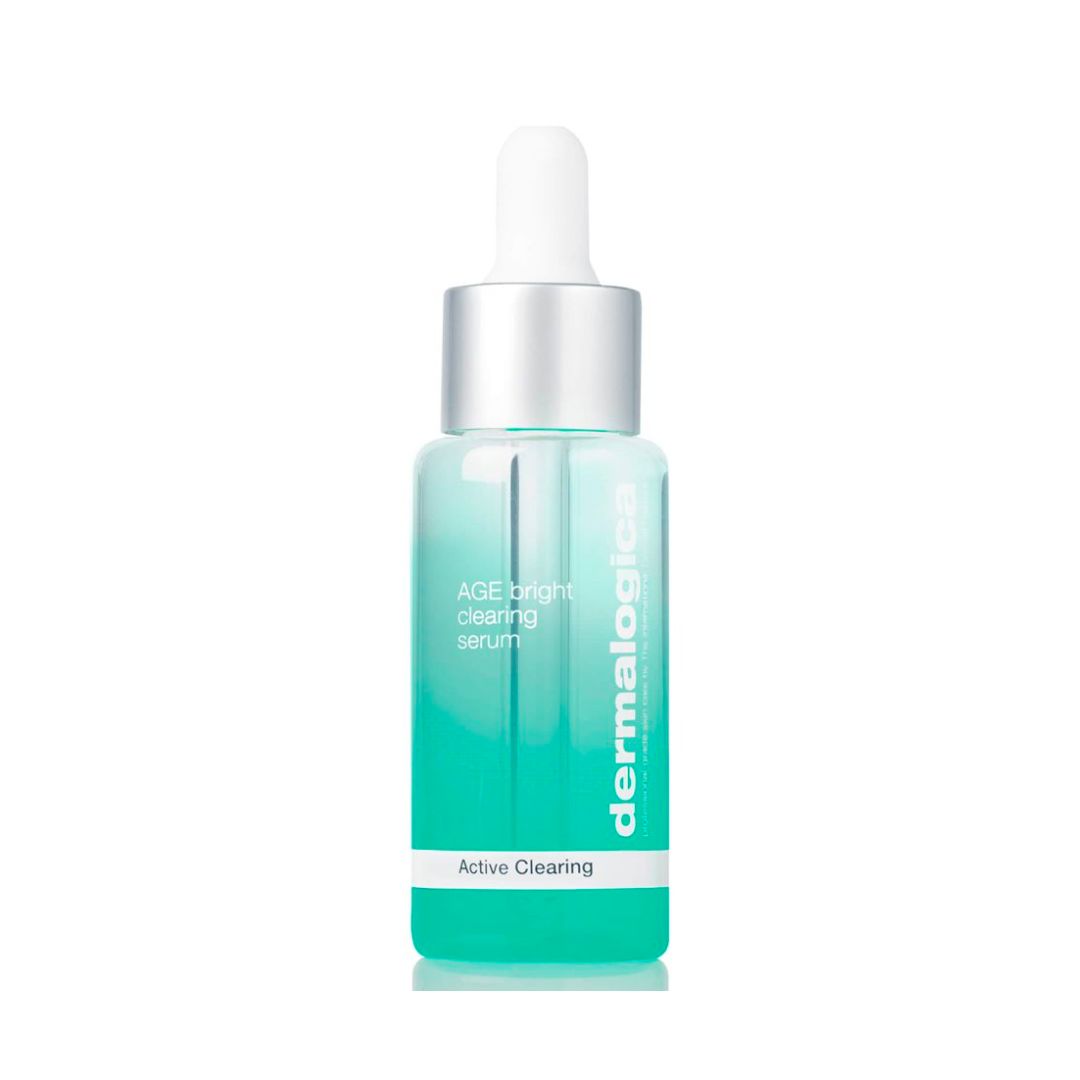
Salicylic acid + niacinamide + white shiitake mushroom + the Resurrection Plant = unclogged pores, zero dryness, fewer spots and post-breakout marks. Acting Senior Beauty Editor, Shannon Lawlor says, "This is, hands down, the most effective daily serum I've ever used for helping clear up my acne. It's not going to totally eradicate spots overnight (but what does?) but it leaves my skin noticeably clearer while also taking down any redness and post-acne pigmentation. It's a winner."
For
- Slots into daily routine seamlessly
- Feels luxurious to use
Against
- Results aren't instant
- Expensive
Best acne treatment for when you're on the go
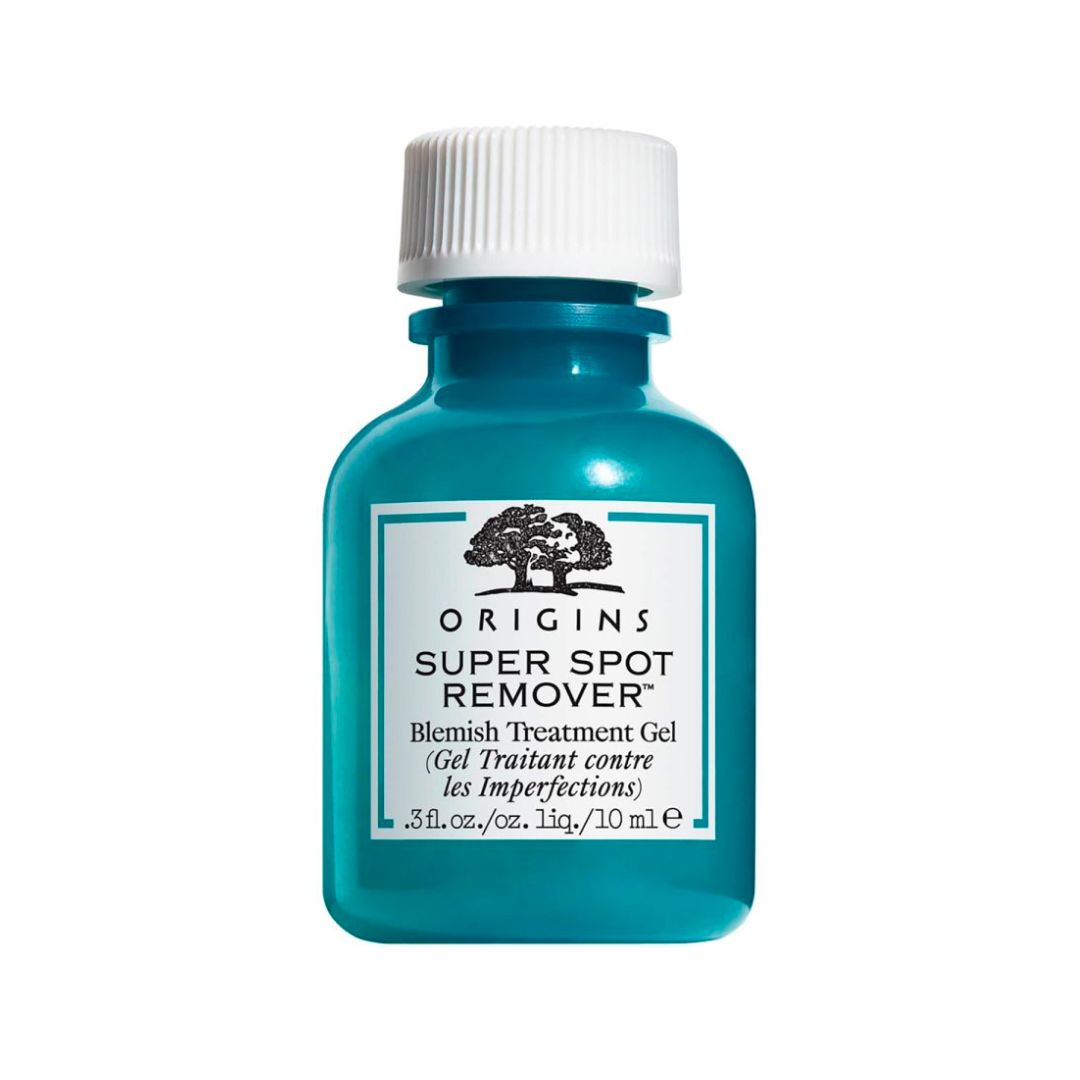
Salicylic acid meets skin-soothing red algae in this near-magic potion that takes down the redness, heat and swelling of spot - fast. "This acne treatment is deeply satisfying," says Thomas. "Apply it using a cotton bud (or your finger) directly onto the offending spot. Within hours the gunk and grime from inside your pores has risen to the surface. Very Dr Pimple Popper."
For
- Quickly dries out juicy spots
- Easy to dab on
Against
- Relatively expensive for a small bottle
Best luxury acne treatment
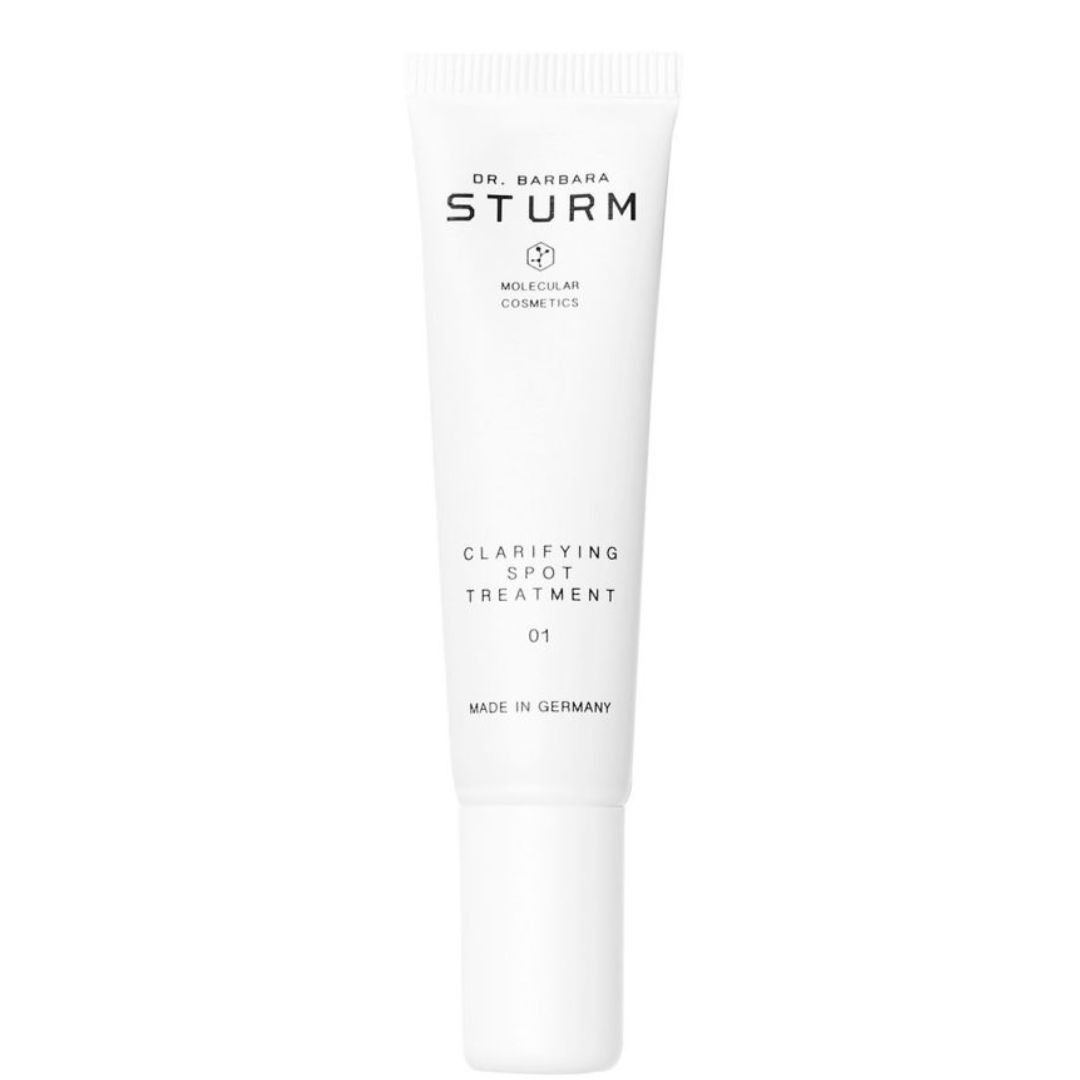
An on-the-spot treatment with tea tree oil and zinc oxide to combat impurities while vitamin B3 heals. Another benefit: the clear formula means you can pop it on throughout the day and no one need to know about it.
For
- Contains drying tea tree oil
- Contains vitamin B3 to support healing
Against
- Very expensive
- Doesn't contain any acids
Best acne treatment for physical exfoliation
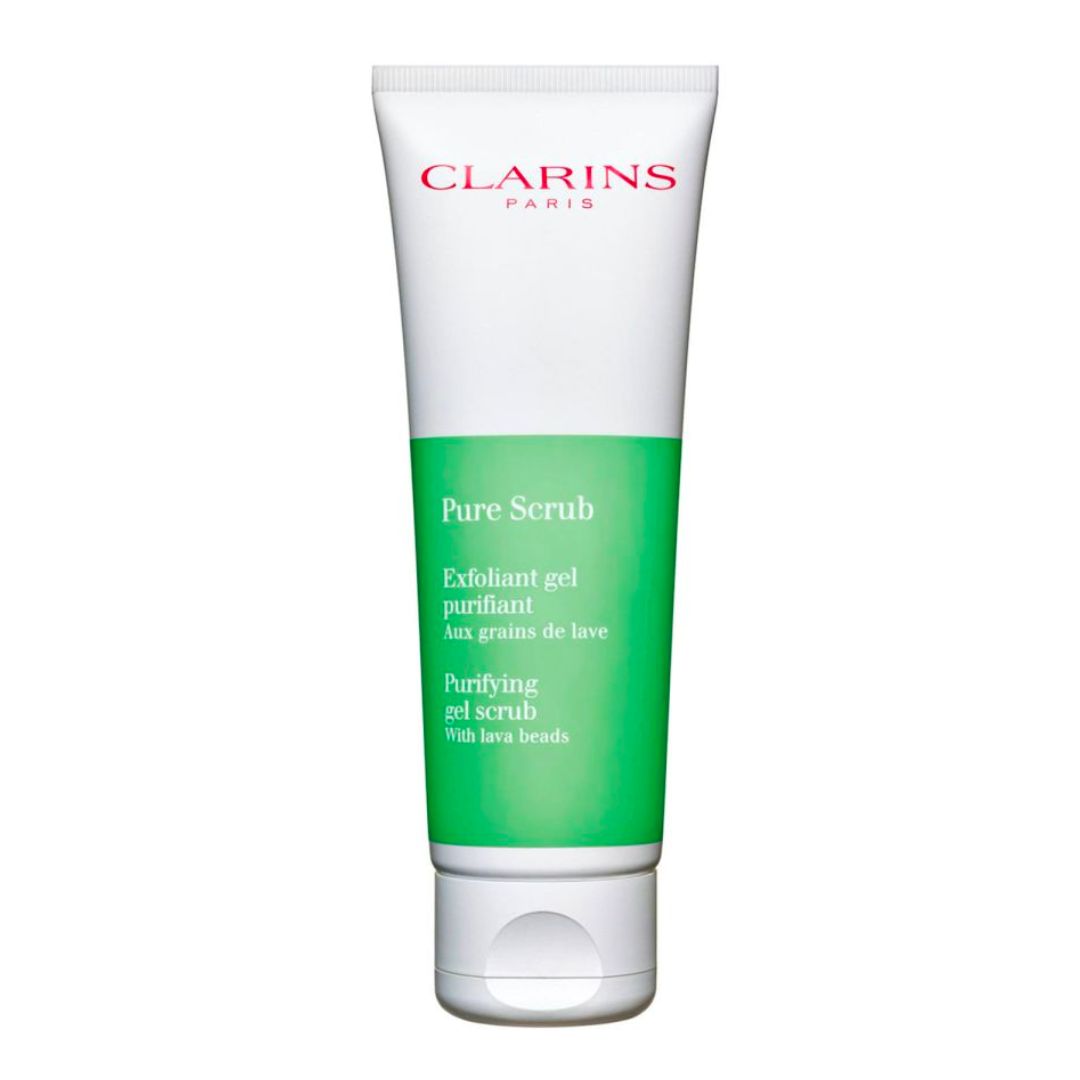
Fully-fledged 30-somethings have slower cell turnover, increasing the risk of blocked pores. Here lava beads exfoliate and organic alpine willow herb reduces the activity of a key enzyme involved in sebum production.
For
- Helps to unclog pores
- Leaves skin mattified but glowing
Against
- Must be gentle when massaging to avoid over exfoliating
Best acne treatment for daily moisturising
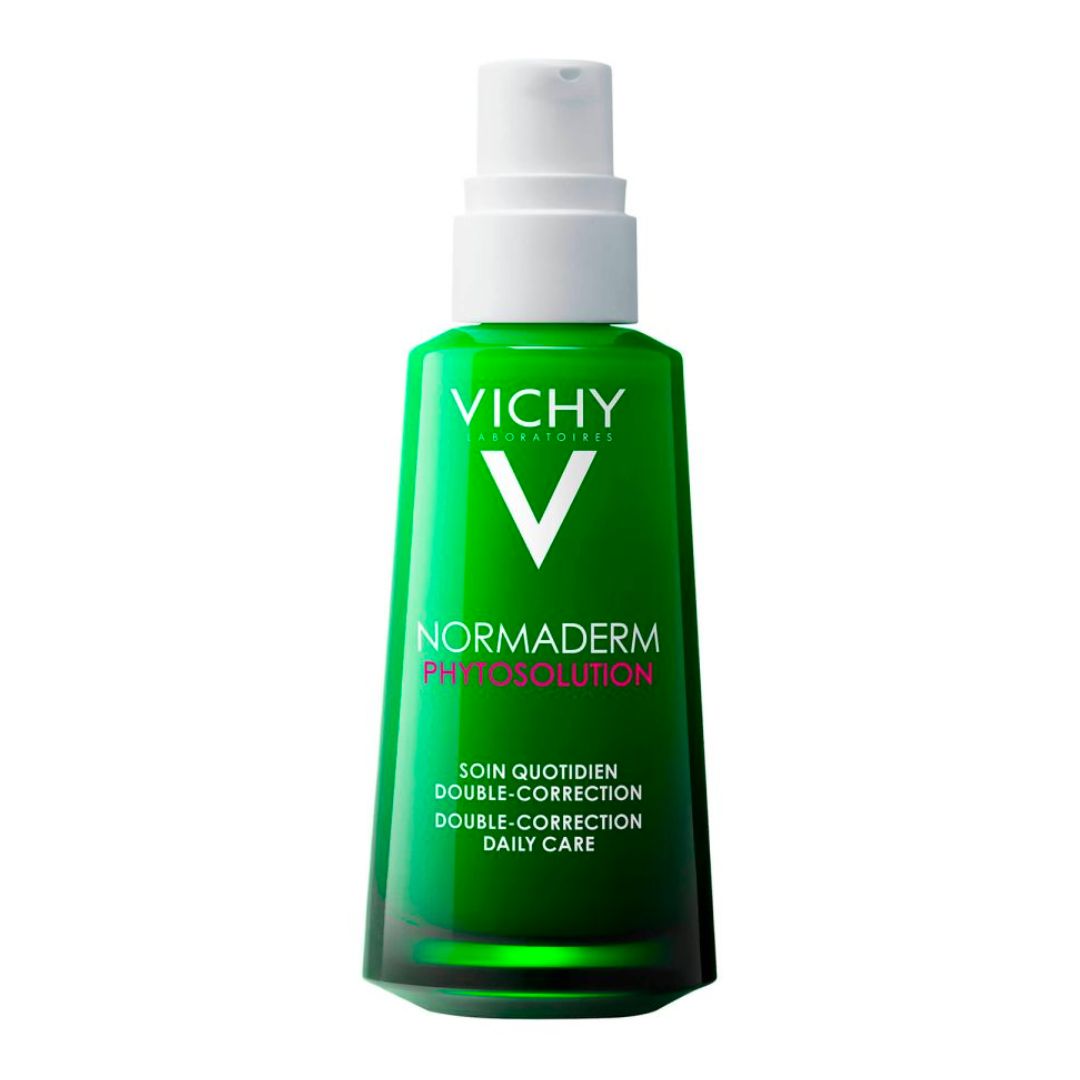
Salicylic acid purges pores while the bifidus probiotic improves skin’s barrier function, preventing pollution from seeping in and reducing sensitivity. Better still, this serum plays well under make-up.
For
- Loved by experts
- Contains exfoliating salicylic acid
Against
- Might not provide enough moisture for dry skin
Best overnight acne treatment
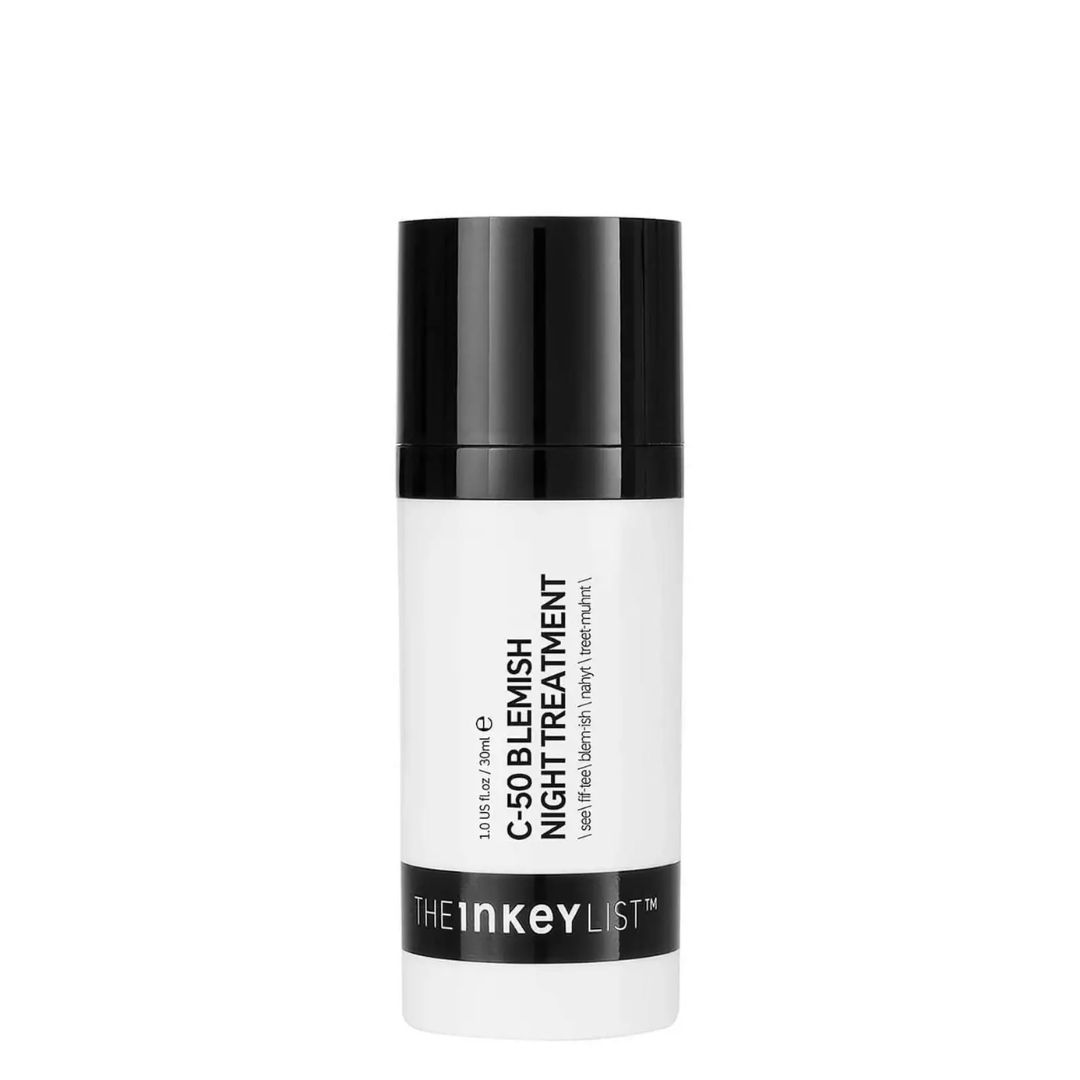
Truly a treatment for past, present and future breakouts. The salicylic acid in the formula tackles the spots you have now by detoxing congested pores. It also inhibits oil production to quell future eruptions. As for the legacy of dark marks from past breakouts? Meet skin-brightening vitamin C.
For
- Affordable
- Contains vitamin C to help even out skin tone
- Contains salicylic acid to exfoliate
Against
- Lacks a little luxury
Best acne treatment for post-acne marks
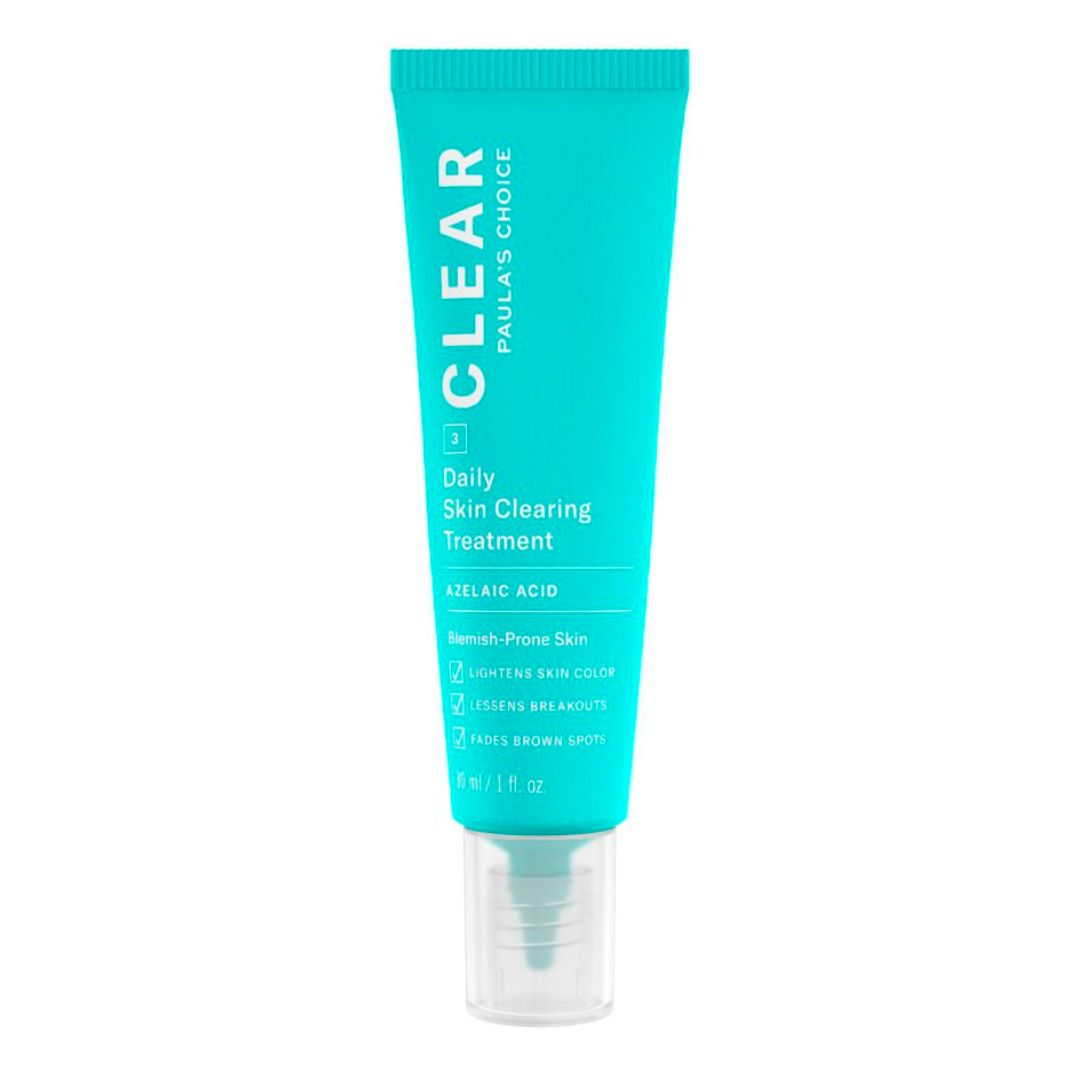
Azelaic acid takes centre stage here for preventing breakouts and fading post-spot discolouration alongside liquorice extract. Also containing salicylic acid to help treat existing breakouts (and prevent new ones), it's a great all-ver treatment. Better still, there's no sobering dry skin to contend with afterwards.
For
- Contains azelaic acid to help even skin tone
- Contains salicylic acid to dry out active spots
- Hydrating formula with a matte finish
Against
- Not hydrating enough on its own
- Expensive
Best all-round acne treatment
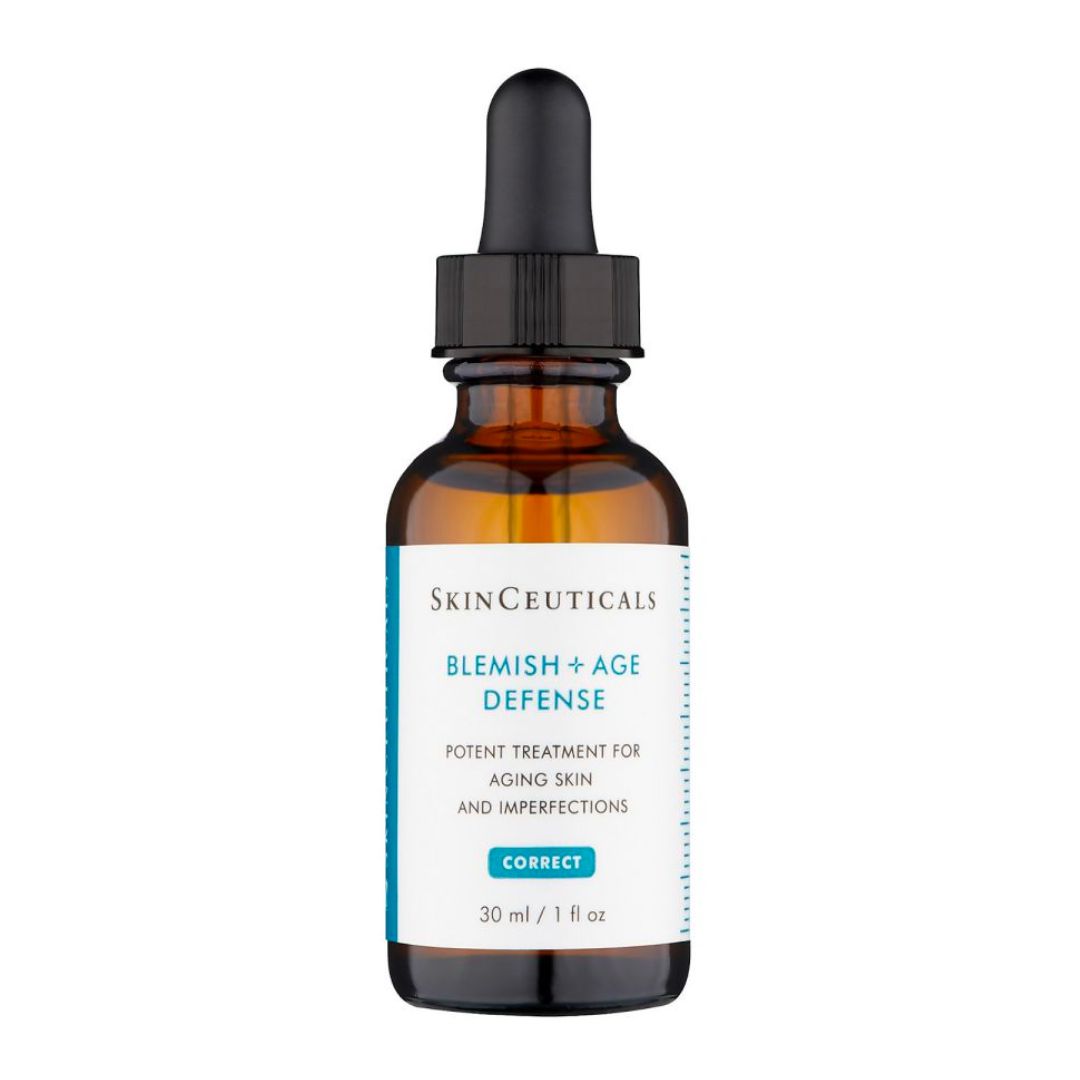
This oil-free serum is the definition of a grown up acne treatment. A combination of salicylic, glycolic and citric acids target the signs of premature skin ageing as well as pesky blemishes by increasing cell turnover and decongesting clogged pores. Ideal for those suffering with adult acne or post-pill acne. Marie Claire's Fashion Editor, Penny Goldstone uses this religiously in her skincare routine.
For
- A tri-acid formula for optimal exfoliation
- Great for adult acne
Against
- Very expensive
Best acne treatment mask
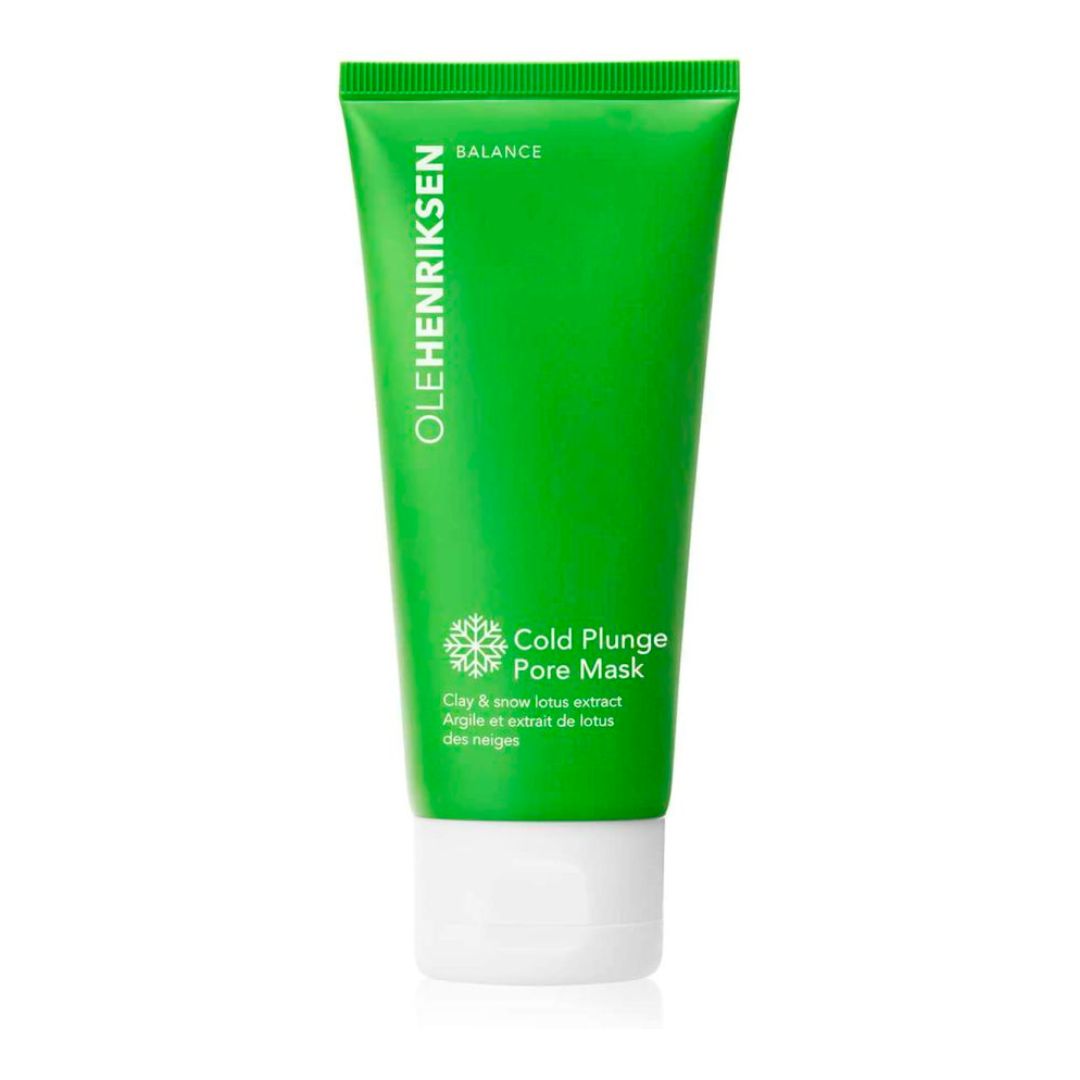
This is a rather fun product that actually does a lot of good for the skin. Designed to mimic the Scandinavian 'cold plunge' during the Sauna cycle, this mask instantly cools and soothes irritated skin and improves the appearace of your pores. AHAs improves skin texture while alpine willowherb and snow lotus detoxify.
For
- Fun to apply
- Feels cooling on the skin
- Contains AHAs to exfoliate
Against
- Can be a little messy
- Very active formula, so easy to overdo it
Best acne treatment to tackle everyday oiliness
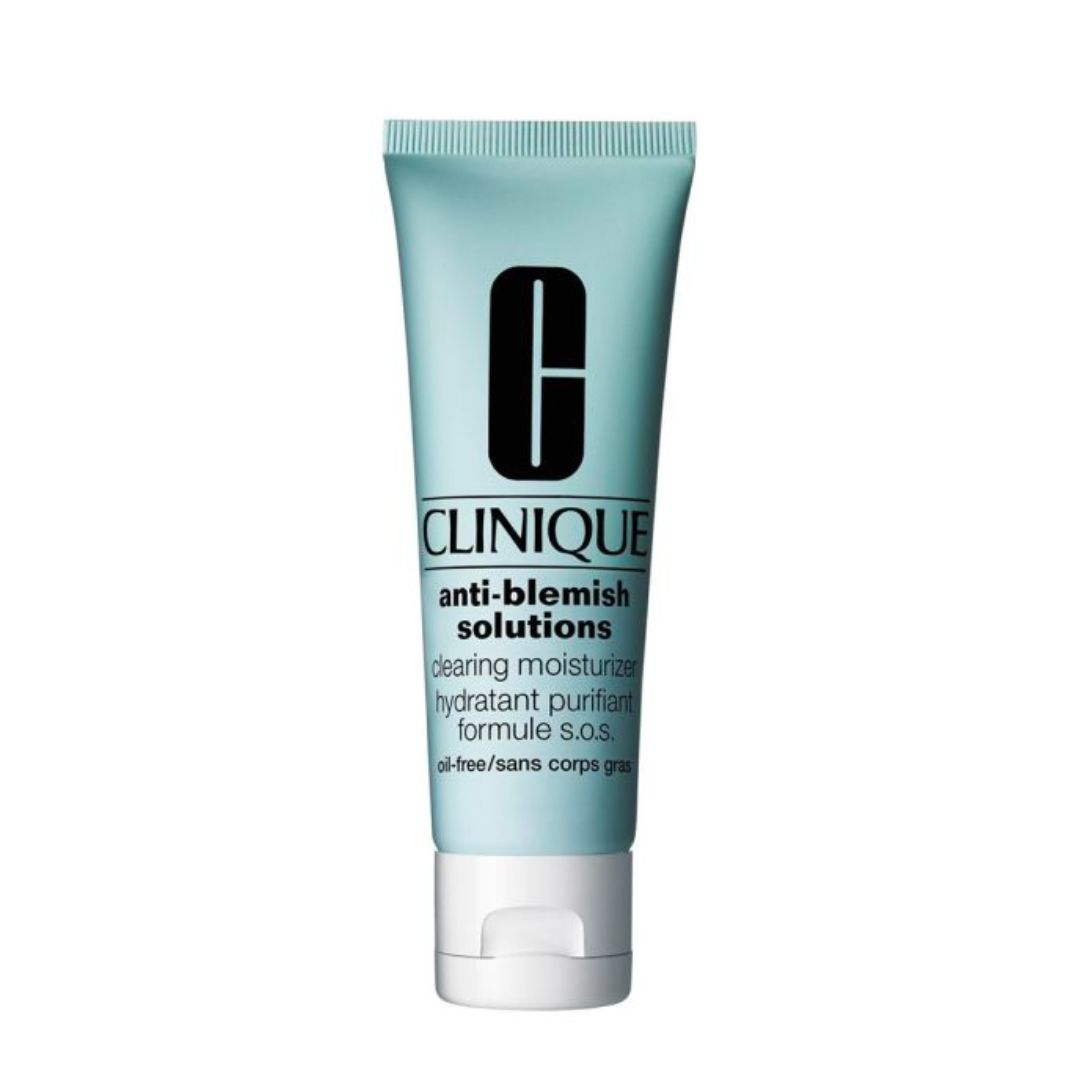
As well as working to clean and clear your skin over time, this lightweight moisturiser also creates an invisible protective barrier to stop acne-causing pollution and irritants from getting into pores.
For
- Oil-free formula for a matte finish
- Helps take down redness
Against
- May not provide enough moisture on its own
Best acne treatment essence
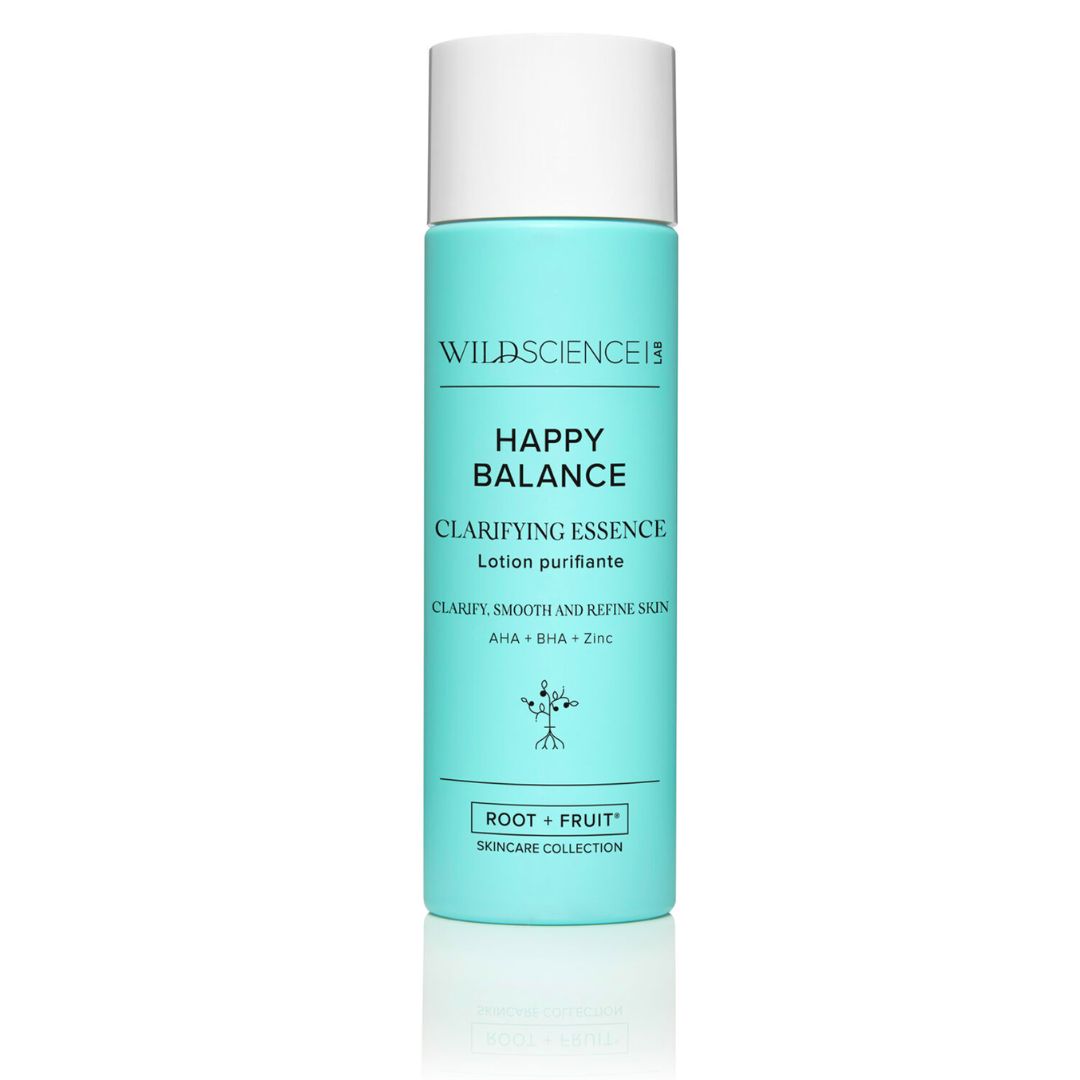
This treatment comes recommended by Dr Hamilton. With salicylic acid to manage active breakouts, AHAs to exfoliate and deliver glow and zinc to take down inflammation, a quick swipe of this stuff over the skin post cleansing is a great way to treat spots and acne with minimal fuss.
For
- Contains AHAs and BHAs for optimal exfoliation
- Easy to slot into existing skincare routine
Against
- Potent formula so only use every couple of days
Marie Claire Newsletter
Celebrity news, beauty, fashion advice, and fascinating features, delivered straight to your inbox!
Katie Thomas is the Senior Beauty Editor at Marie Claire UK. With over 10 years of experience on women's luxury lifestyle titles, she covers everything from the best beauty looks from the red carpet and stand out trends from the catwalk, to colonic irrigation and to the best mascaras on the market. She started her career on fashion desks across the industry - from The Telegraph to Brides - but found her calling in the Tatler beauty department. From there she moved to Instyle, before joining the Marie Claire digital team in 2018. She’s made it her own personal mission to find the best concealer in the world to cover her tenacious dark circles. She’s obsessed with skincare that makes her skin bouncy and glowy, low-maintenance hair that doesn’t require brushing and a cracking good manicure. Oh and she wears more jewellery than the Queen.
- Shannon LawlorExecutive Beauty Editor


